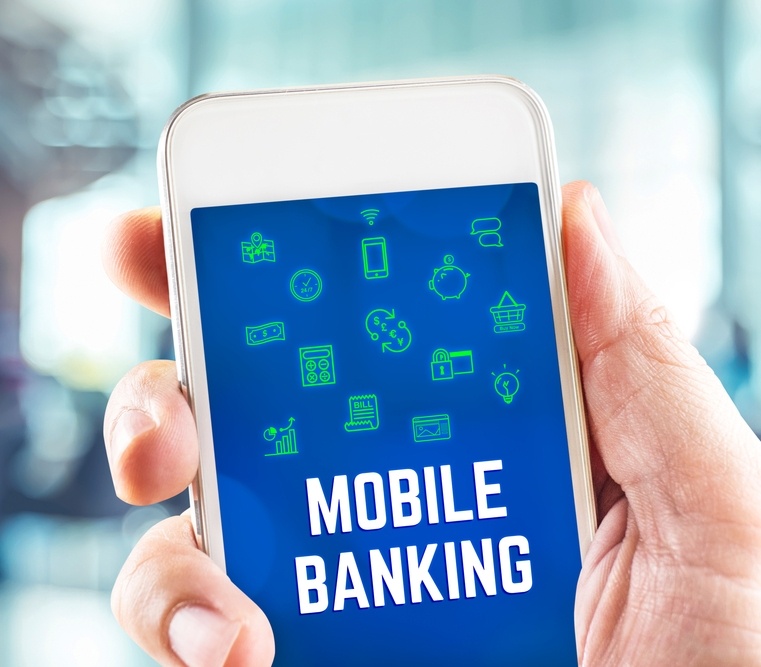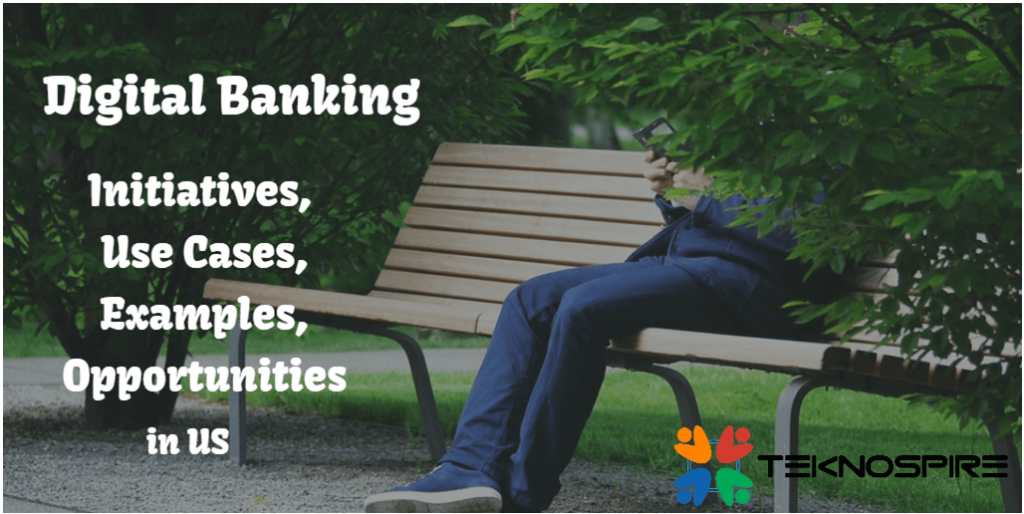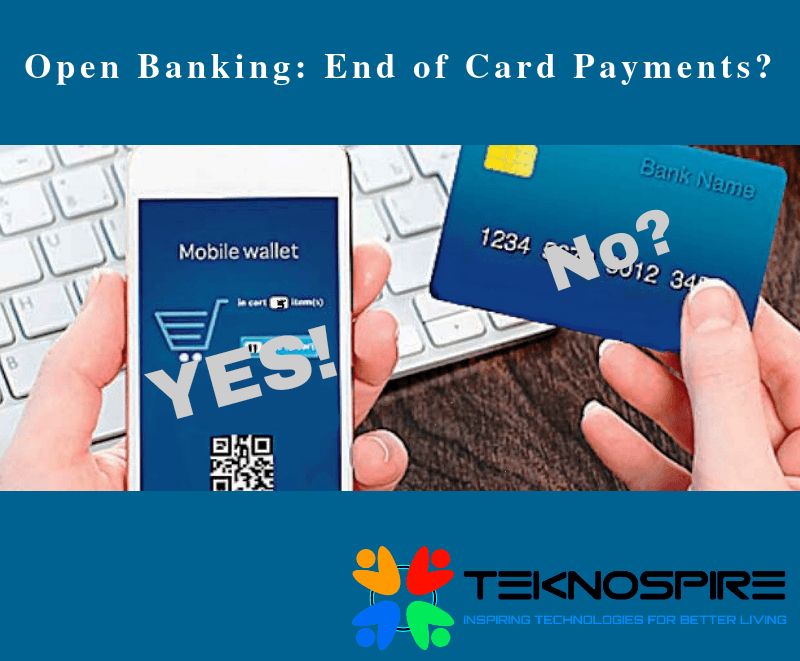Neo Banking – An exclusive Digital Bank
Image Credits – cryptohead.io The post first appeared on linkedin. To get more such insights, please connect with me here. Could a bank without the physical walls exist? If you had asked me this, a few years back, I would have said – may be, but in 2019 I feel proud to be associated with many of these initiatives by Financial Institutions, across the developed and developing markets, who are extending Banking beyond physical walls, trending with the name Neo Banking or Challenger Banking or Digital Banking. Welcome to the new age Banking – Neo Banking What is Neo Banking?| What is Neo Bank? Neo Banks is a type of bank that does not have any physical branch but offers all its banking services through digital/mobile channels like a smartphone or via web interface. As Wikipedia stats – The term neo banking was first coined in 2017 to describe fintech based financial services providers that were challenging traditional banks. So, Neo Banking is – Banking beyond physical walls Neo banks are the digital extension of traditional financial institutions via web / mobile interfaces in the hands of the users. Neo Banks / Challenger Banks identify their customer / target market very closely and solve their day to day needs / transactions with integrated banking and payments. Examples could be diaspora / immigrant banking or student banking or MSME/SMB banking. If you look at daily use cases of these customer segments they would need different kind of products and services from their banking partners. A student is looking for ease of receiving money, using it in/around college/university, loans etc, while an immigrant expects banking to delivery easy remittance, lighter KYC / on boarding etc. This is where Neo Banks deliver a great value to the end user as well as the financial institution. Banking Digitally Neo banks are 100% digital; that brings down the costs packed with great customer experience. At the same time given its all-digital, there is a lot better transactional data details with trails allowing the banks to think of more innovative products and services. Banking at your convenience Neo banks are all about customer choices, accessibility, and any time services. Banking @reduced cost With a reduction in CAPEX, customers enjoy competitive pricing with more significant savings. Banking that is technology driven Neo Banks open doors to seamless integrations into open APIs provided by other platforms as well as offering APIs from their Neo Banking platforms for other institutions, making them a complete solution to all banking needs. Are Neo Banks Licensed?| Different Types of Neo Banks Well, certainly yes. Any firm which wishes to provide Neo Banking could align their legalities in one of the following way – One with Banking License If your start-up willing to offer banking services, you can secure the banking license and start offering your services. Some of the examples could be Paytm in India ,Atom bank and Revolut Ltd in the United Kingdom and N26 in Europe. One in collaboration with a licensed bank If your start-up/firm wishes not to get into owning of a banking license, collaborate with an incumbent / regulated financial institution, and start offering banking services. A quick example would be Monese, a bank from UK who do not have a banking license but works with banks across Europe who hold customers’ money, and holds an e-money license, issued by the UK’s Financial Conduct Authority. As Monese stats – keeping an e-money license helps them in showcasing them as bank’s partners rather than their competitors. Another flavour that exists in this collaboration is where a bank has a subsidiary or a joint venture, and the subsidiary gets an opportunity to launch neo banking services while existing banks being the central owner. An example of this would be Simple a startup from Portland, Oregon, which was acquired by BBVA and now Simple is offering 100% digital banking services across the US. A Traditional Bank expanding its services under Neo Banking umbrella Lastly, the traditional banks to keep up with the pace of modern technology and innovation launch their services as a new product/offering – Neo Banking. Kotak Mahindra Bank in India launched their neo banking services as 811 [ a digital bank], even SBI has its neo banking offerings pinned under YONO. And in Australia ING Bank has a digital bank named as ING. What are the Advantages of Neo Banks? While experts may argue that in-branch services offer reliability and a “human touch,” there are certain benefits neo banking or digital banking offers like – Real-time Tracking from anywhere anytime Gone are the days when a credit or debit to reflect into your account would take days, with instant fund transfer you can track your financial portfolio and bank accounts in real time from anywhere at any time. Reduced Costs Agree to the fact that with no expense on a physical branch, the CAPEX can be significantly reduced that means competitive prices and better savings for the customers. Integration with innovative technology for a better experience With a bank in your hand, you can integrate with fascinating apps like Artificial intelligence or a Virtual reality to make spending and saving a fun experience. Banking may have transformed from Cheques to Demand drafts to Mobile banking to invisible banking to connected banking to Digital banking, but the underlying statement remains intact and, i.e., – Customer need to be valued. And Neo Banking is just the right offer to its tech-savvy customer who attracts savings in time and money. If you a Bank or NBFC looking to use technology and innovation in expanding the business and enable Neo Banking or Challenger Banking, we are here for you. Teknospire a fintech firm offers Bank-in-a-box solution with omnichannel, agent/digital branches capability. The 360-degree banking solution reduces the CAPEX for a bank to set up a physical branch, but yet opens doors to expand their business. Our Neo Banking, Mobile Banking, and Agent Banking solution could help regional banks and cooperative banks to push Banking beyond physical walls. For details, please contact us here







